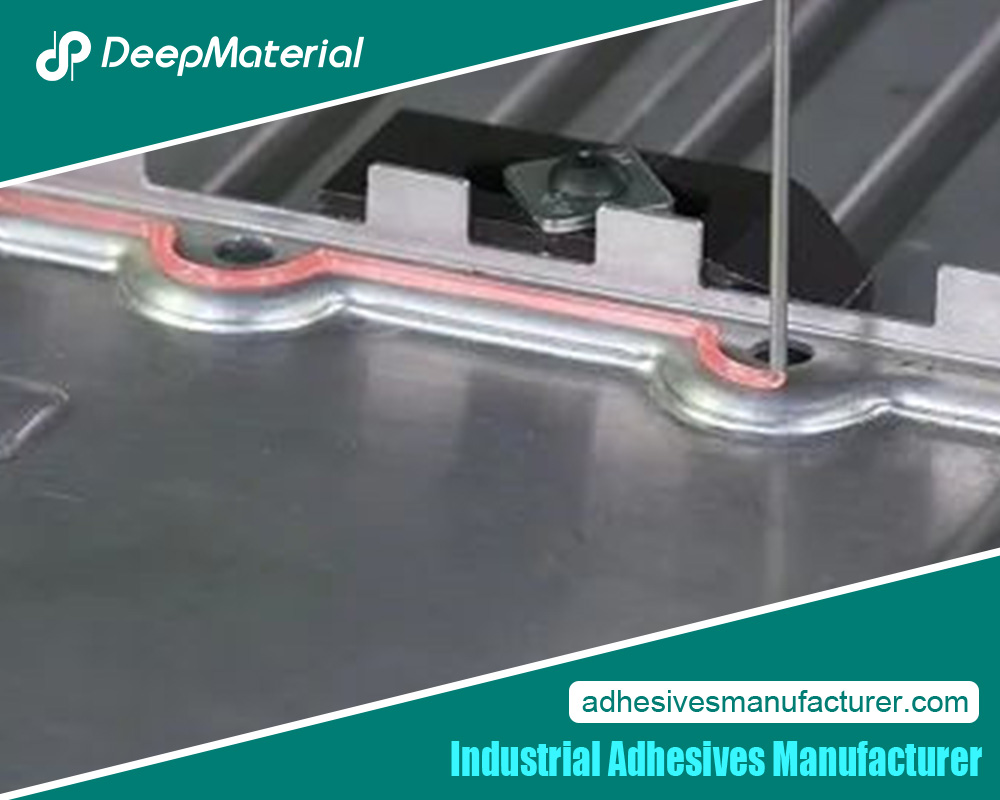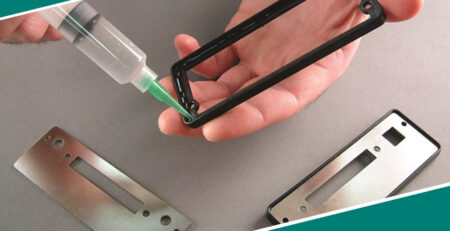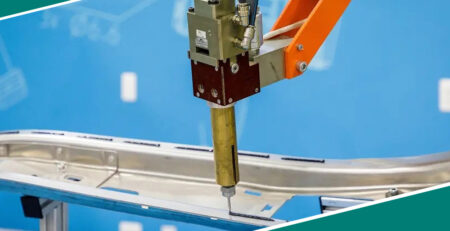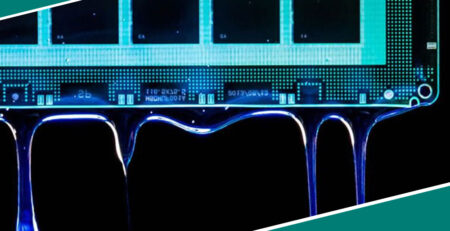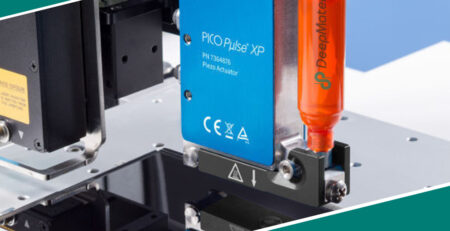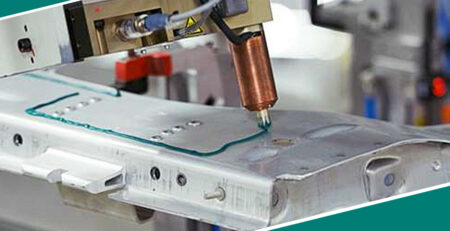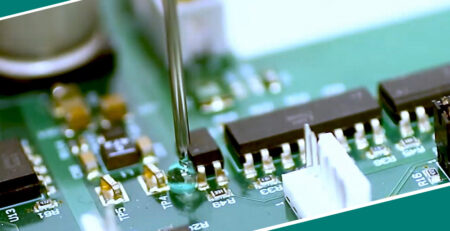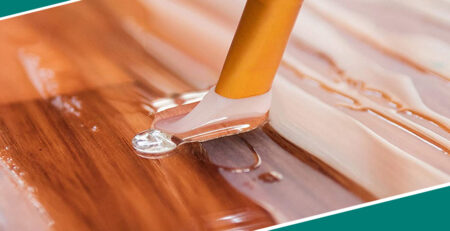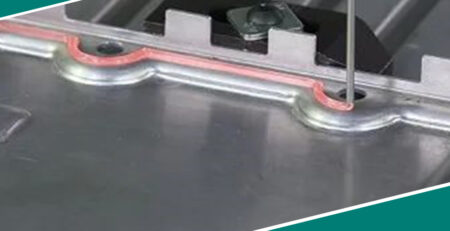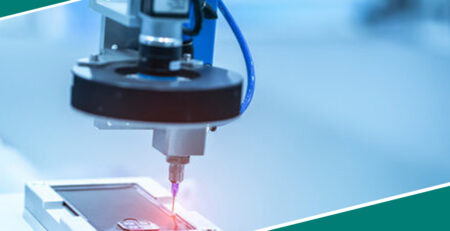Benefits of circuit board encapsulation
Benefits of circuit board encapsulation
The world we live in surrounds the use of electronics. We have become dependent on electronics for almost all daily routine tasks which is why the electronics mustn’t break down and function efficiently at all times. Circuit boards work as the backbone of these electronics and are responsible for the transfer of signals and processing power. This is why it is essential to maintain the reliability and longevity of these circuit boards. The safety of circuit boards becomes paramount when they are used in harsh environments increasing the probable chances of damage and harm to the circuit boards.
Wondering how can you protect these circuit boards? Circuit board encapsulation is the answer to this compelling question. Encapsulation serves as a layer of protection that encloses the sensitive circuit board to safeguard it against harsh environmental factors. In this article, you can get to know the benefits of circuit board encapsulation in detail to acknowledge its importance.
Before we delve into these benefits, let us start our journey by understanding what circuit boards are and why we need to protect them in detail.
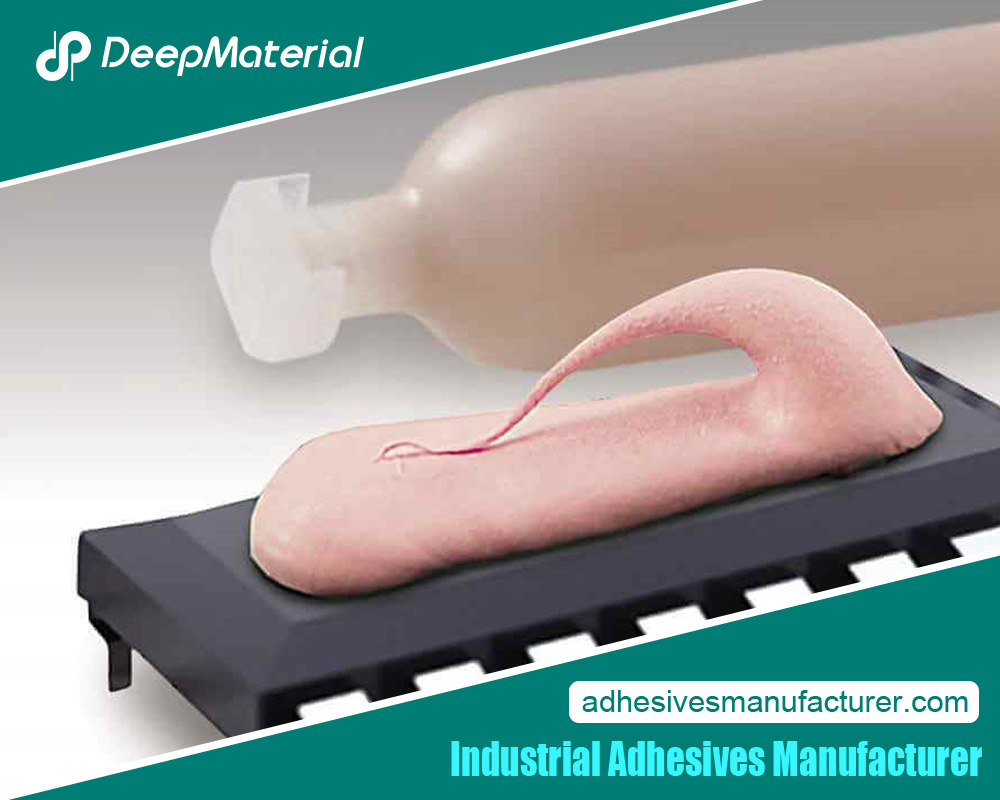
Circuit boards
Circuit boards are the component that holds the circuitry of electronic devices. It helps the electronics perform processing tasks like communicating, computing, and transferring data. It mainly serves to transmit electronic signals to various components of the electronic device and enable the electronics to operate optimally.
Along with electronic support, circuit boards also help the electronics to work mechanically. These boards are formulated from non-substrate materials embossed with layers of copper circuits.
Why do we need to protect the circuit boards?
The role of circuit boards as a backbone dictates why it is essential to protect them. But the need to do so is because these boards are extremely sensitive. Environmental factors can affect their functionality by disrupting the circuitry. Factors like humidity and heat can result in the expansion of the circuits that can warp and even damage the soldered joints. To keep the circuitry intact, it is a wise decision to encapsulate them and protect them from such environmental factors.
Benefits of circuit board encapsulation
Here are the prominent benefits of circuit board encapsulation:
Safeguard against harsh environmental factors: Circuit boards infused with electronics are normally placed in harsh environments where they face major challenges including dust, temperature variation, moisture, and chemicals. By encapsulating the circuit boards, you can form a safeguarding layer that protects the delicate components from such environmental impacts. It not only protects the sensitive components but also safeguards them from corrosion, adversities, short circuits, and other probable damage. Whether you keep your electronics in humid environments of tropical areas, corrosion-pro industrial setups, or in automobile applications with extreme thermal fluctuations, the encapsulation ensures that the circuit board works with full potential and helps in alleviating its lifespan.
Improved mechanical strength: Along with protecting from harsh environmental factors, circuit board encapsulation also helps in improving the mechanical integrity of the board. Encapsulation serves as a sturdy and powerful shell that protects the sensitive components of the board from vibrations, physical shocks, and mechanical stress. Mechanical strength improvement is of critical importance in applications including military, aerospace, and automotive where you cannot compromise on the mechanical performance of the electronics/machinery. Also, such applications are usually subject to environments in which there is harsh handling and constant movement. Encapsulation in such an environment deals with the risk of mechanical damage and enhances the reliability of electronics.
Enhanced thermal management: heat emission and dissipation is a huge concern for electronic devices. Excessive heat dissipation can degrade the functionality of components and compromise their operational performance. Encapsulation with thermally conductive materials is a perfect solution against heat dissipation as it ensures that the circuitry operates optimally even when heat is disseminated. Encapsulation manages the thermal loads efficiently to prevent overheating of components and enhance their longevity and reliability. This thermal management improves the performance of the overall electronic system.
Chemical resistance: Industries where chemical processing is done are exposed to solvents and corrosive chemicals that can be a huge threat to the efficient working of circuit boards. When you apply circuit board encapsulation, then it forms a safeguard shield that protects the components of the board from such substances. It helps to prevent the degradation of components, corrosion, and chances of component failure. Chemical resistance is a property of encapsulation that enhances the longevity of the circuit board. It enables the circuit board to survive and efficiently function when exposed to solvents and chemicals. This makes it ideal for usage in applications where exposure to chemicals can’t be ignored.
Seamless integration: You can find encapsulation materials in various forms such as molded structures, coatings, and potting compounds. These materials can be transformed into various contours and shapes which enables the encapsulation to shield the circuitry while offering a compact structure. This versatile application makes the integration of encapsulated layers in space-constrained electronic bodies. This versatile application enables these encapsulations to utilize the available space without impacting reliability and performance.
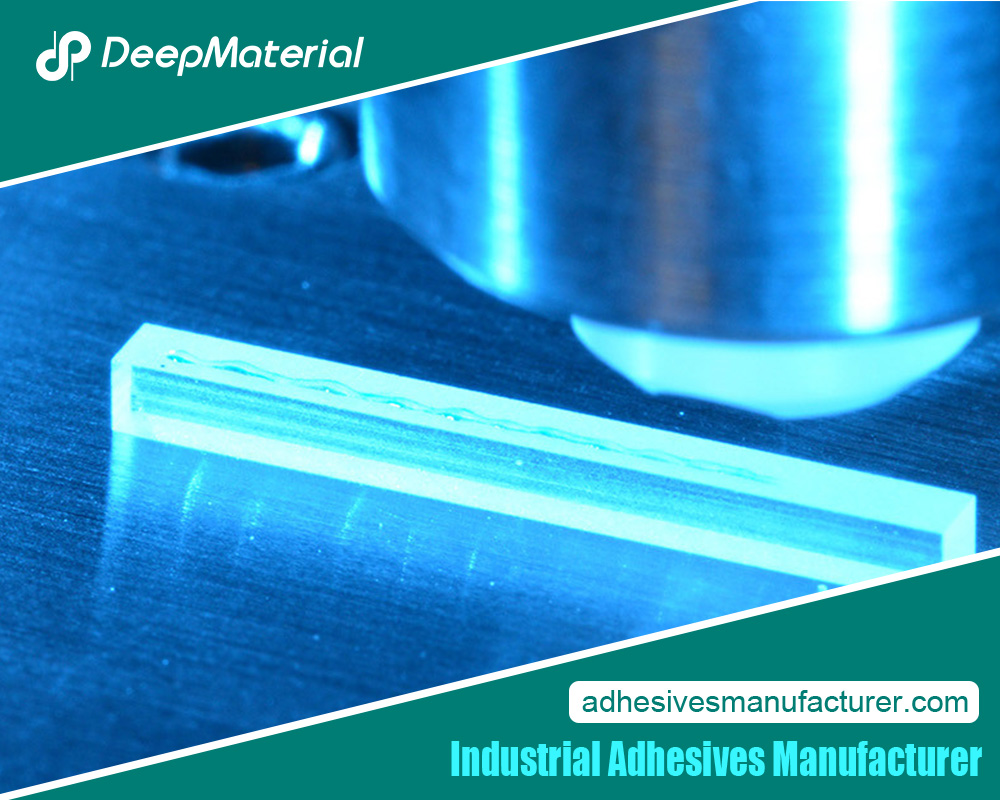
Safeguarding against electrical hazards: Electrical hazards such as arc flash, electrical leakage, and short circuits are common in electrical components. Circuit board encapsulation safeguards the sensitive components against such electrical hazards. Encapsulation isolates the content points between the sensitive circuitry components to lower the risk of accidental electrical connections resulting in hazards. Encapsulation helps in situations when a high-voltage application is required such as industry machinery, power distribution systems, and medical equipment.
Cost-effectiveness in the long run: The initial investment in encapsulation might seem like a huge financial outflow. It can sometimes even disrupt the budget but think about the long-run benefits of this one-time expense. Encapsulation helps to enhance the life of circuit boards, lowers the chances of component replacement and repair, lowers the downtime, and reduces the maintenance cost. In addition, the longevity and reliability enhance the overall performance of electronics boosting customer satisfaction. When you see the combined effects of all these factors in the long run then it sounds like a cost-effective decision that gives you a competitive edge.
For more about a complete guide to the benefits of circuit board encapsulation, you can pay a visit to Deepmaterial at https://www.adhesivesmanufacturer.com/ for more info.

